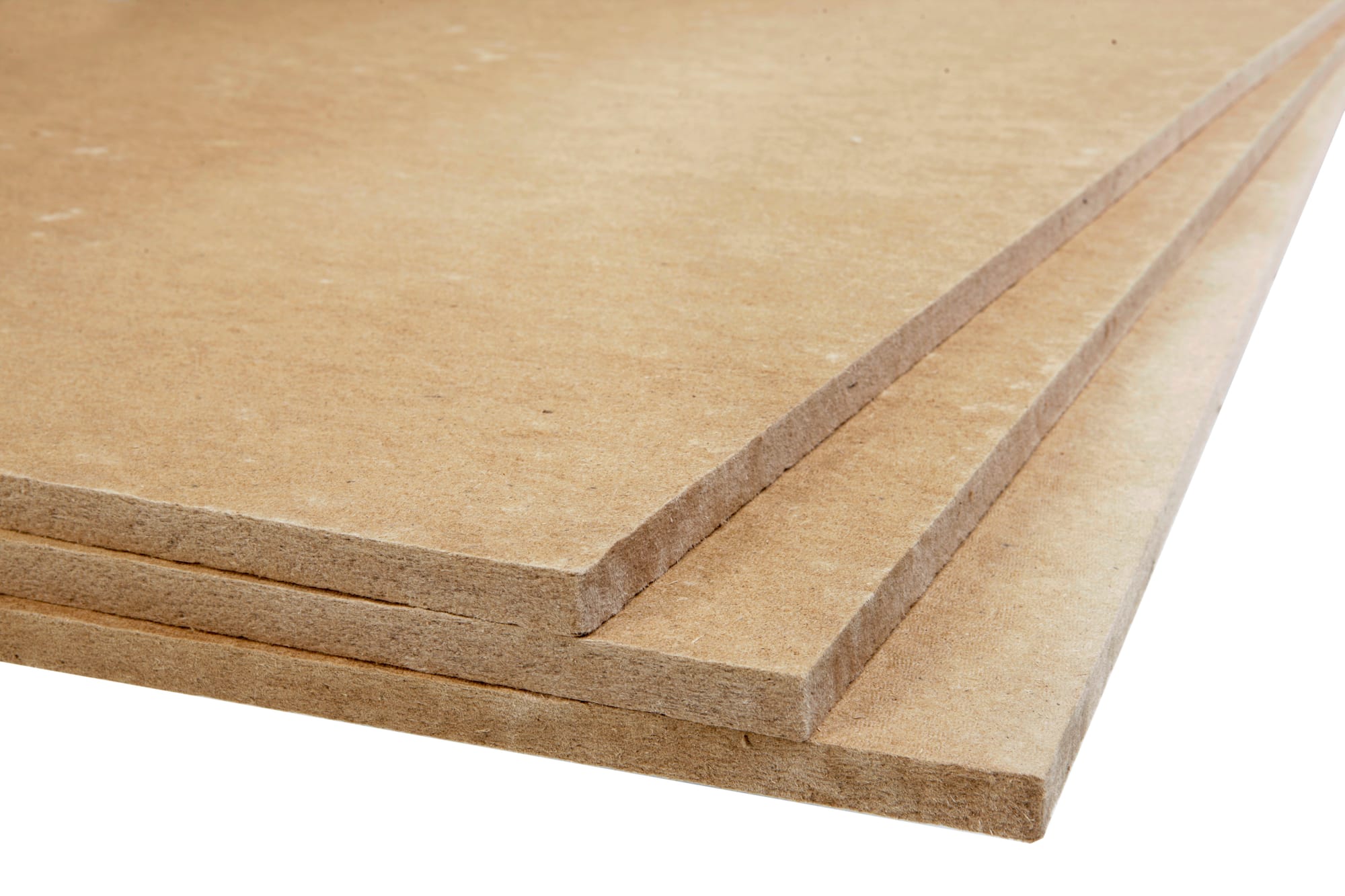One of Northern Europe’s largest producers of wood fibre boards has just published its first ever Environmental Product Declaration - and it’s been eighty years in the making.
“Manufacturers need to use as precise data as possible for an effective EPD,” explains Kirke Maria Lepik, who developed the EPD at LCA Support. “In the case of Nordic Fibreboard, we’ve never seen anything like it. Their data collection is meticulous, enabling us to quickly and precisely pinpoint all the relevant information.”
Nordic Fibreboard, established in 1945, has always had a strong culture of data collection and a focus on circular economy methods, both of which have been key to quality and efficiency at the company since long before EPDs or even the concept of sustainability was a topic.
“It is absolutely amazing,” explained Mari-Liis Paas who joined Nordic Fibreboard a year ago as Head of Product Development and has been responsible for getting the EPD created. “I have worked across a range of high quality manufacturing companies before this but have never seen such a precise data collecting culture guiding it. They know precisely by date how much energy and water was consumed, for example, how much waste water left the process.”

Nordic Fibreboard uses virgin wood fibre from FSC certified forests and have an innovative wet production technology that eliminates the need for synthetic glues or binding agents.
They are able to produce up to 120,000m³ of fibreboard each year, which is sold across Europe and beyond under a range of different country-specific brands with their highest market share in Finland.
Their new EPD, now published by RTS, covers both their impregnated softboards and their insulating boards, produced to a range of dimensions and used in both construction and industry.
While smart sensors can be used to more accurately capture precise data for different parts of the production process, Nordic Fibreboard demonstrates that the most important element as ever is a company’s culture and approach to data.
“It’s because of our long history and heritage as a company, as well as a clear focus on products we understand very well and want to continuously understand better,” explains Mari-Liis. “Our earliest management here was very curious about details. They wanted to know exactly how and where money was spent on resources in order to produce the final product. They wanted to be as efficient as possible to produce a quality product.”
“That has really stood the test of time,” she adds. “Our main product is unchanged in sixty years and we have very dedicated workers who have been here for decades, perfecting that data management step by step, and maintaining a strong institutional knowledge to pass down to new generations.”
Mari-Liis said she recently had to find specific information from 15 years ago related to a certification but was able to instantly find it in their neatly organised archive.
They are now taking their data collection up another level by investing in an Enterprise Resource Planning system that can show real time data and help them make even smarter and faster operational decisions.
“This is a company that’s always been ahead of its time”, explains Mari-Liis. “No one was talking about the circular economy sixty years ago, and yet they already figured out you can take all kinds of ‘waste’’ outputs like humidity and reuse them again in the process. I wish I could shake their hands.”
It is this forward thinking that has also now led them to get ahead of requirements on EPDs.
“The construction sector is our biggest market, as fibreboards are becoming increasingly popular as a sustainable and affordable solution,” explains Mari-Liis. “EPDs are a growing topic for our international customers. Architects and developers can still use average environmental impact calculations for fibreboards, but we know we are much better than average. It’s funny to think that a product unchanged in sixty years is now more popular than ever. The trend is certainly our friend so we need the right documentation to keep up.”
Fibreboards are used in a surprisingly wide variety of products, including beyond construction, from inside furniture to billboards. Even when you get your BBQ going, you’re often using fibreboard that’s been specially treated to act as a firelighter.
Mari-Liis explains that many of their customers are starting to create their own EPDs so having such a precise EPD as a supplier is helpful downstream for the next EPD, improving their competitiveness too.
“Nordic Fibreboard has been a joy to work with,” says Kirke Maria Lepik. “We are keen to give manufacturers a lot of guidance in the creation of their EPDs, especially when they are doing it for the first time, but Mari-Liis has been very fast at identifying and sharing the right data and so we are now using Nordic Fibreboard as an example when talking to other manufacturers about great data collection to ensure they are EPD-ready.”


